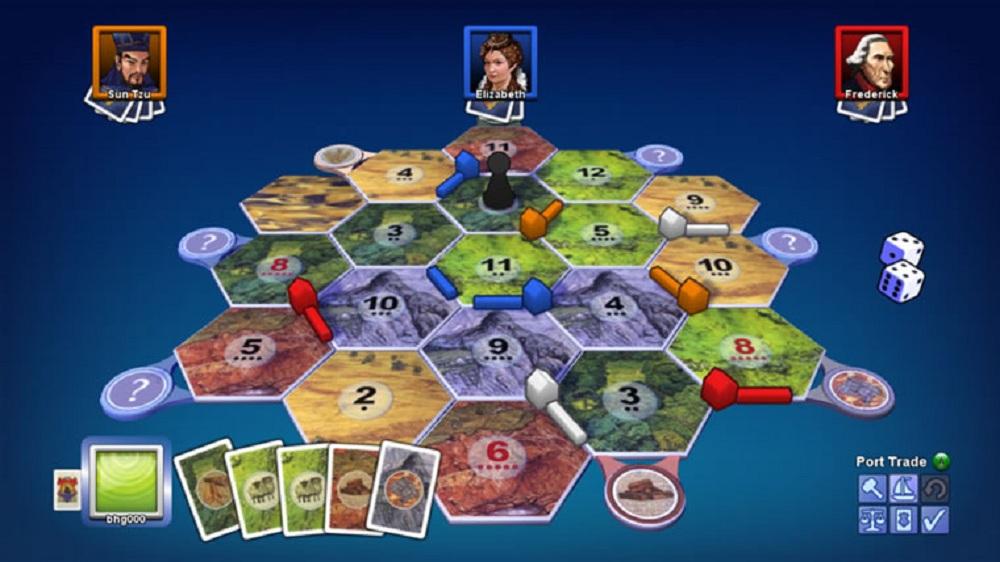

The game itself was a little bit of a rough start for me. These level-differentiators are especially important as otherwise the interaction was mostly clicking and reading. The other unique features per level were also nice additions. The inclusion of the minigames gives a nice breakup to the similarity of the levels, though some of them could have been better orchestrated. I liked the variety of the crimes presented. That’s a fine approach, and I don’t think it detracted from the overall design. The main departure from a standard graphical adventure game was that there’s only one screen per crime (except for the train), and so each area is much more what-you-see-is-what-there-is. The environments are limited, and not as surreal as I expected for a dream-based game, though some of the lore and writing do have surreal elements. The writing is decent, showing a lot of worldcrafting behind the game.

The artstyle is nice, with a voxel-based cyber-dream aesthetic.
Oniria crimes review plus#
Items and furniture give you statements about what they saw when the crime took place.) At each location you will identify three suspects and up to seven pieces of information about each of them (six plus their image), and once you have enough information you can point to two relevant pieces of information per suspect to ascribe guilt or innocence. (In case it struck you as poor wording, it wasn’t: you interrogate the scene itself.

There are six cases that have you investigate and interrogate a crime scene in the dreamworld of Oniria. Oniria Crimes ( Badland Publishing: “Oniria Crimes”) is a different spin on a point-and-click adventure.


 0 kommentar(er)
0 kommentar(er)
